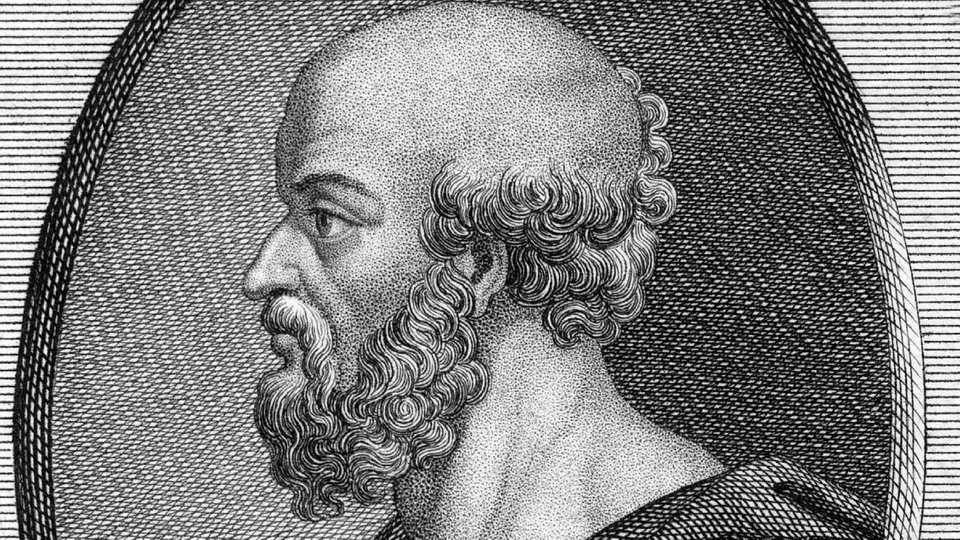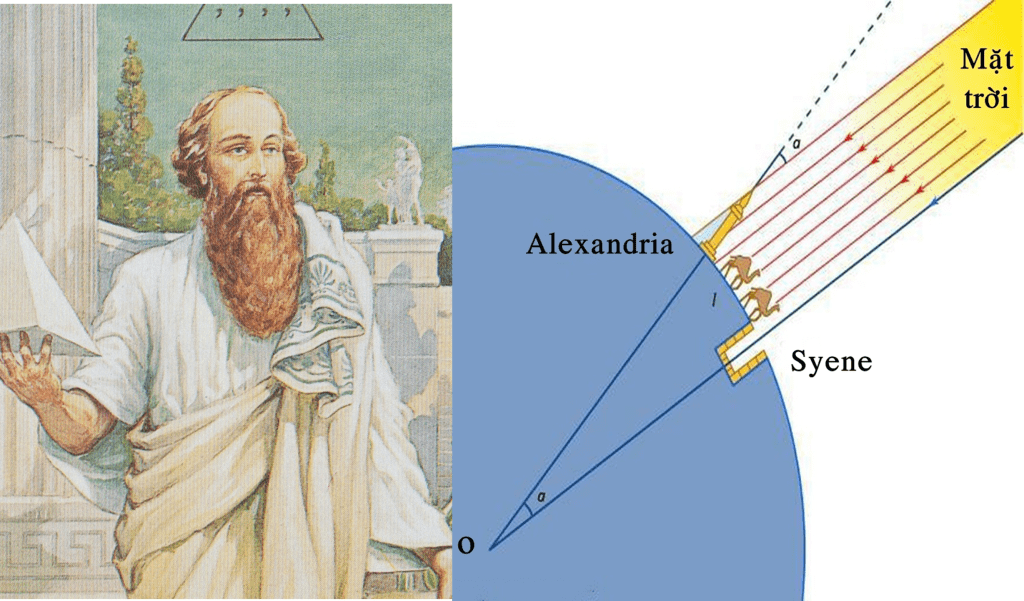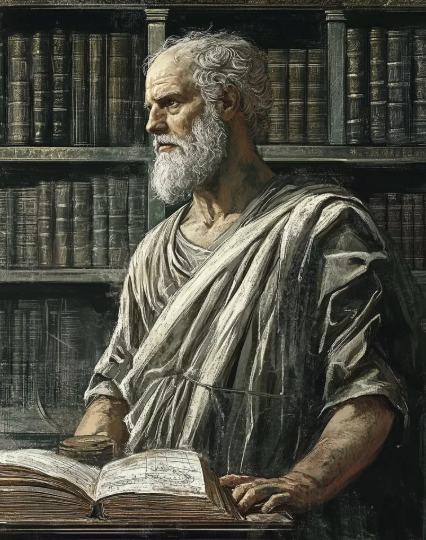More than two thousand years ago, a brilliant Greek thinker named Eratosthenes changed the way we understand our planet using nothing but sunlight, shadows, and some clever calculations. Long before satellites, space probes, or even telescopes, this ancient scholar managed to measure the circumference of the Earth with surprising accuracy. His method was so elegant and effective that it still amazes scientists today.

The Man Behind the Math: Who Was Eratosthenes?
Eratosthenes was a Greek mathematician, geographer, and astronomer born around 276 BCE in the city of Cyrene (modern-day Libya). He eventually became the chief librarian of the famous Library of Alexandriathen the greatest repository of knowledge in the ancient world. His curiosity and intellectual drive led him to explore a wide range of topics, but it was his work on the Earth’s shape and size that truly cemented his legacy.
A Simple Observation Sparks a Groundbreaking Idea
The story begins in two cities: Syene (now Aswan) and Alexandria, Egypt. On the day of the summer solstice, Eratosthenes heard that at noon in Syene, the Sun was directly overhead. In fact, sunlight would shine straight down into deep wells, casting no shadow. Meanwhile, in Alexandria roughly 500 miles north objects still cast noticeable shadows at the same time of day.
Video:
How Eratosthenes calculated the Earth’s circumference
This curious difference sparked an idea. If the Earth were flat, the Sun’s rays would strike both cities at the same angle, creating identical shadows or no shadows at all. But the presence of a shadow in Alexandria while Syene had none could only be explained if the Earth were curved.
Using Geometry to Measure the Planet
Eratosthenes took it a step further. He measured the angle of the shadow in Alexandria at noon on the solstice and found it to be about 7.2 degrees roughly 1/50th of a full circle. This meant the distance between the two cities represented 1/50 of the entire circumference of the Earth.
Knowing that the distance between Alexandria and Syene was approximately 5,000 stadia (an ancient unit of measurement), he multiplied that by 50 and arrived at a total circumference of 250,000 stadia. Depending on the exact length of the stadion he used, modern estimates place his calculation at around 40,000 kilometers—astonishingly close to the actual value of 40,075 km.

A Lasting Achievement in the Shadow of Loss
Eratosthenes’ achievement is even more remarkable considering the limitations of his time. He didn’t have precise maps, GPS, or modern tools. Yet his understanding of geometry and his methodical approach allowed him to solve one of humanity’s biggest questions: How big is the Earth?
Sadly, much of his original work was lost in the tragic destruction of the Library of Alexandria, where countless scrolls and ancient knowledge were destroyed. Despite this loss, Eratosthenes’ legacy survived through references by later scholars and historians.
Video:
Eratosthenes: Biography of a Great Thinker
The Legacy: Accuracy That Outlived Empires
While Eratosthenes’ estimate was nearly perfect, not all ancient geographers followed his lead. A few centuries later, the mathematician Ptolemy proposed a smaller Earth, miscalculating its size. This error influenced European explorers for centuries, including Christopher Columbus. When Columbus set sail westward to reach Asia, he believed the Earth was much smaller than it actually is thanks in part to Ptolemy’s faulty figures.
Ironically, if Columbus had known Eratosthenes’ more accurate number, he might never have attempted the journey at all. Yet it was Eratosthenes, not Ptolemy, who came closest to the truth.

Conclusion: Shadows That Shaped Our Understanding
Eratosthenes’ experiment is a shining example of how observation, logic, and simple tools can lead to extraordinary discoveries. In a world before technology, he showed us that curiosity and reason could illuminate even the grandest mysteries.
Today, his legacy lives on not just in the accuracy of his measurement, but in the spirit of inquiry he embodied. Eratosthenes proved that sometimes, even the biggest answers begin with a small shadow.


